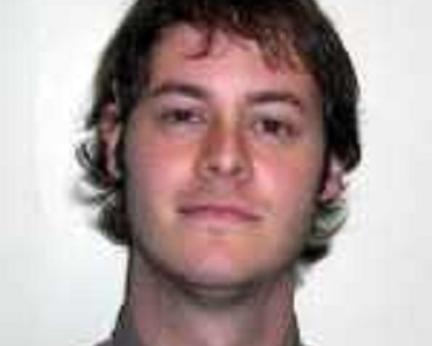Working as a radiotherapy engineer involves many disciplines including electrical, electronic and mechanical engineering, as well as physics, IT and even plumbing! Our primary responsibility is to maintain and repair our fleet of medical linear accelerators (LINACS), proton beam therapy cyclotron and magnets, as well as CT scanners, CT simulators and brachytherapy equipment.
The first hour of the day is usually spent warming up the LINACS and checking that they are fit for clinical use. This involves mechanical checks and measuring the radiation output of the machine using electrometers to confirm the energy is correct.
After that, my work can vary greatly. One minute I might be dealing with a fault for a PC mouse or keyboard and the next I could be called to deal with our multimillion pound linear accelerator which could involve tuning a beam of electrons travelling at the speed of light. Later on I might be called out to a water leak from a machine which requires some plumbing or I might have to replace a gear box that helps rotate a seven tonne LINAC gantry.
In addition to routine maintenance and repair work we also take part in projects, procurement, installation and decommissioning. Our project work varies from innovative bespoke quality control devices to getting involved in major projects such as state of the art radiotherapy machines (MR-LINAC) and proton beam therapy. These last two projects are very exciting for The Christie and the UK as they will be one of the first of their kind in the country.





